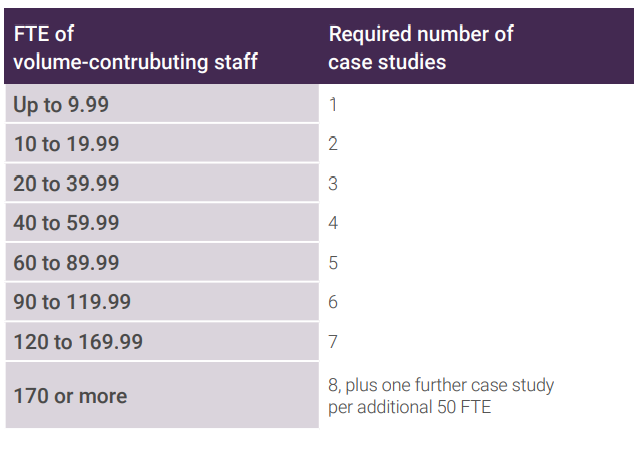The HESA return as the basis for the REF volume measure
What do I need to know?
For REF 2029, institutions will no longer submit individual staff. Instead, the number of outputs and impact case studies we will need to submit (aka the volume measure) will be based on an average of FTE of eligible contracts over two years: 2025/26 and 2026/27. There will no longer be a single census date.
The contracts included in the calculation of the volume measure are:
-
- Teaching and Research contracts, with significant responsibility for research, and
- Research-only contracts, where the staff are recognised as independent researchers.
This means that it is more important than ever that our HESA data, which are managed by HR and submitted each year to HESA, are an accurate representation of the institution. To ensure this, we need to ensure that our systems and processes are robust ahead of the HESA return in October 2026, which will be the first year to inform REF 2029. New fields will be introduced to confirm if staff – or, rather, contracts – are REF eligible, and to what Unit of Assessment we want to allocate them.
One benefit of this is that we will no longer be looking at staff lists in the months before the REF submission – the volume measure will be in place in good time before we need to submit outputs and impact case studies. That should obviate any surprises about numbers required, and lessen the workload near submission.
How is the volume measure calculated?
We don’t know the exact technical details yet, as we are currently awaiting the full policy module from Research England. However, we do know a few things: as per the Initial Decisions report, we expect that the funding bodies will use the REF 2021 staff eligibility criteria to identify volume-contributing staff members. Eligible contracts, including significant responsibility for research and research independence, will therefore be determined using our Code of Practice from REF 2021 until further notice. This Code of Practice will be updated once details are known.
What are the implications of staff numbers for the REF 2029 submission?
We will be required to submit 2.5 outputs per FTE in each Unit of Assessment.
The number of impact case studies required in each unit will be determined by the average FTE of volume-contributing staff. The table below, which is subject to change, describes the number of case studies required.

What are we doing now?
The initial determination of REF eligibility and UoA allocation will happen fairly soon. PIP will be working with departments over the coming months to start the processes and ensure that data are correct. The approach will be signed off by REF Strategy Group.
How do I find out what my unit’s current volume measure looks like?
Whilst we are working on more accurate estimates of numbers, some initial data on headcounts and FTE can be found using Tableau. Please note that these numbers will include contracts that might not be considered REF-eligible. You may therefore need to look at individual contracts in detail to determine the volume measure for your unit. If you need more information, please speak to your Head of Department in the first instance. The Research Excellence Manager Sanna Melin Schyllert will be happy to help if you have questions about the volume measure and eligibility of contracts.
Where can I find the information circulated by Research England?
A letter from Research England was published on 20 August 2024. Further updates will be published on the REF 2029 website.
